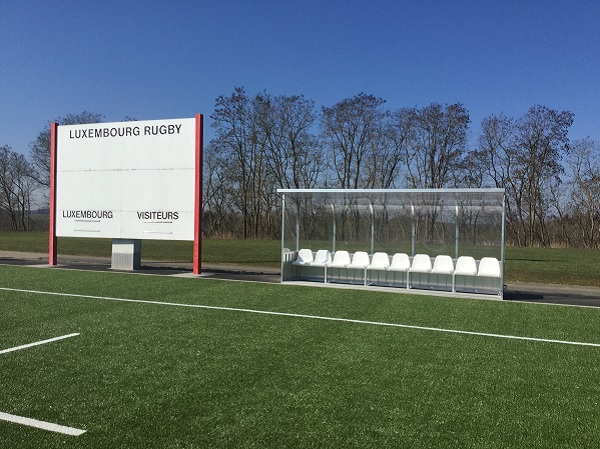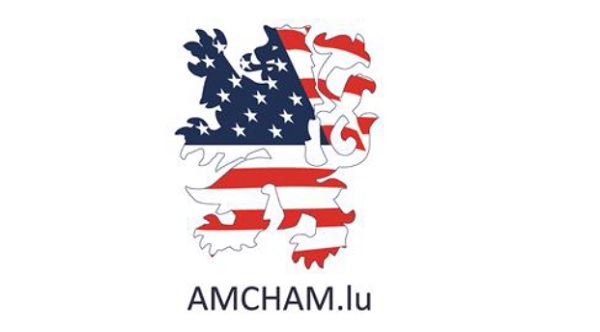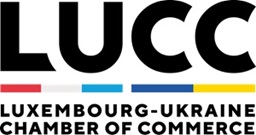
Over the past few years Stade Boy Konen in Cessange had become famous for having one of the most overused and, to be honest, most unpleasant Rugby playing surfaces in the region.
When the weather was hot, the pitch was rock hard apart from one small area near the halfway line which remained a permanent quagmire. When the weather was wet, it was almost impossible to train on and a rather unpleasant odour would permeate it's way up from the murky depths below, i.e from the former city rubbish dump.
Following an on-line petition set up in late 2013 by Rugby Club Luxembourg (RCL), with the support of CSCE Rugby, the Ville de Luxembourg (VdL) invited members of the clubs to visit a manufacturer of the latest generation of artificial pitches in Switzerland.
It was decided to choose a revolutionary artificial pitch technology which did away with "in-fill". These are the small rubber balls which usually end up in players' boots and socks and prevent pitches from being cleared of snow in winter. Instead, the pitch has only 35mm high plastic grass fibres but has a 22mm polypropylene shock-pad underneath the pitch. When a player falls on a pitch with rubber in-fill, the player re-bounds at the same speed. The polypropylene shock pad, however, absorbs the force of the impact in a similar way to falling on sand.
Before the pitch could be installed, 30cm of topsoil was removed and stored on site. In order to stabilise the underground, “géogrilles” were installed under the base course. Tests were made to confirm the compacting of the ground and so the stability of the underground. With the added foundations, drainage and water sprinkling system installed, the pitch is 25cm higher than before.
The overall area is 132m x 72m; about 9,500 m2 in total, allowing a warm-up area of about 65m x 14m at the northern end. Today the pitch is used 6 days a week by over 500 players. Young children can train on a consistent surface with a clean ball not caked in mud.
The total cost of the project was €1.160 million, and was finished ahead of schedule. The maintenance costs of an artificial Rugby pitch are generally considered to be about one tenth of a grass pitch. In the case of the pitch installed at Cessange, the maintenance savings are probably even higher as the pitch has no in-fill to be raked weekly or replaced annually, and the weekly Friday task of filling in holes and marking the pitch is a thing of the past. An occasional "vacuum-clean" is all the pitch requires.
Feedback from players, coaches and parents has been overwhelmingly positive. The new posts, dug-outs and pitch-side buvette are the icing on the cake for a venue which has been transformed from one of the worst to one of the best Rugby pitches you will find anywhere in Europe.
Photos of the rugby pitch taken before and after.








